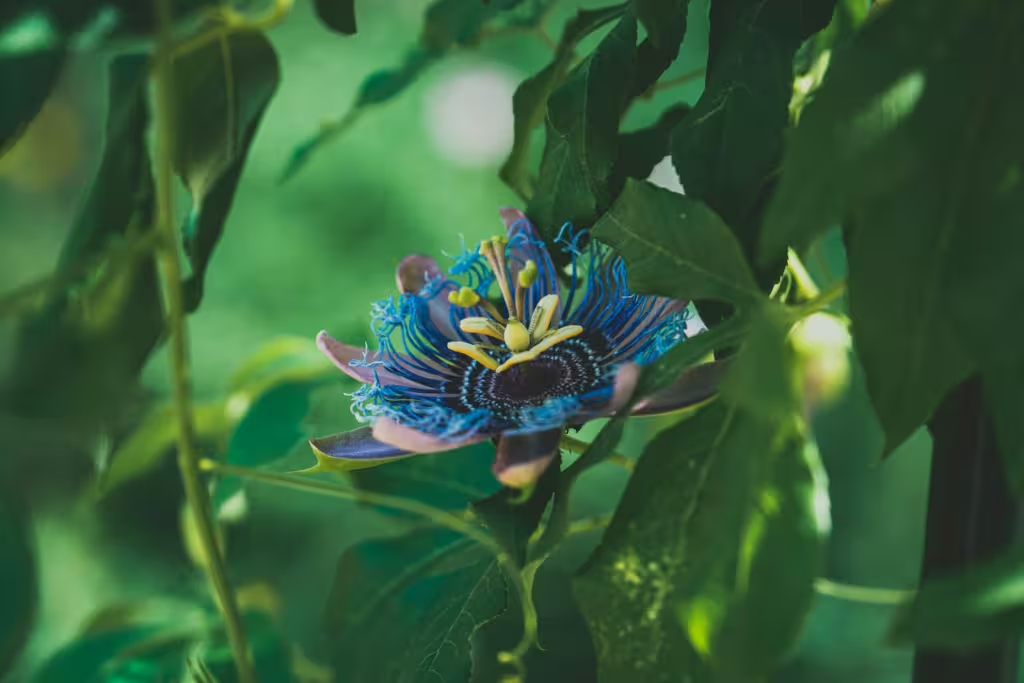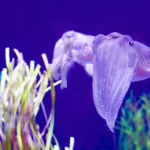Though we don’t often realize it, plants represent the very foundation of life on Earth. It’s not that we ignore them, per se, it’s just that we have so many other things going on that we don’t always realize they are everywhere about us; living, breathing, feeding, and providing in ways many of us don’t fully comprehend.
Plants provide us and other animals with the oxygen we need to breathe. They are the food we eat and the food of our own food. Plants also provide habitats for countless animals; ourselves included. Look around the room you’re in for a second and think about how many things are made from wood, rubber, or other plant-derived materials. See? Pretty important.
Beyond their material uses, plants shape entire ecosystems from the ground up, influence weather patterns, and help regulate the planet’s ever-worsening climate. This is why, from the towering trees of tropical rainforests to the tiniest mosses clinging to rocks in alpine regions, plants sustain biodiversity at every level of the food chain. In essence, without plants, life as we know it could not exist.
Despite their importance, our own ignorance to plants’ overall importance has created a number of ecological problems over the years. Indeed, over the past several centuries, many plant species have vanished forever from this Earth—largely because of human activity. In order for civilizations to grow, the natural world has to be pushed aside, we all understand this; merely because it has been humanity’s way since time immemorial. Yet this rapid and unchecked growth has also given rise to a greater demand for land, resources, and energy. It isn’t just that we’re pushing the natural world out of the way, we are swallowing it in unceasing wave of urbanization and industrialization.
Those of you who have read us for a while, understand the damage that deforestation can do. Humanity’s insatiable need for timber and agriculture has decimated forests. Meanwhile, expanding cities have paved over native habitats and the irresponsible burning of fossil fuels has altered climate systems. As a result, many plant species have been unable to survive the rapid, unexpected climate change. On top of all that, the spread of invasive species—whether plants, animals, or pathogens—has disrupted delicate ecological balances, often outcompeting or destroying native flora.
In this article, we will examine how the extinction of a plant species effects entire networks of life. As we journey back through time and all over the planet, we will explore several remarkable plant species that have gone extinct, directly as a result of human impact. Each one of these plants had a role in its ecosystem and thus, each one has a story worth remembering.
Saint Helena Olive (Nesiota elliptica)
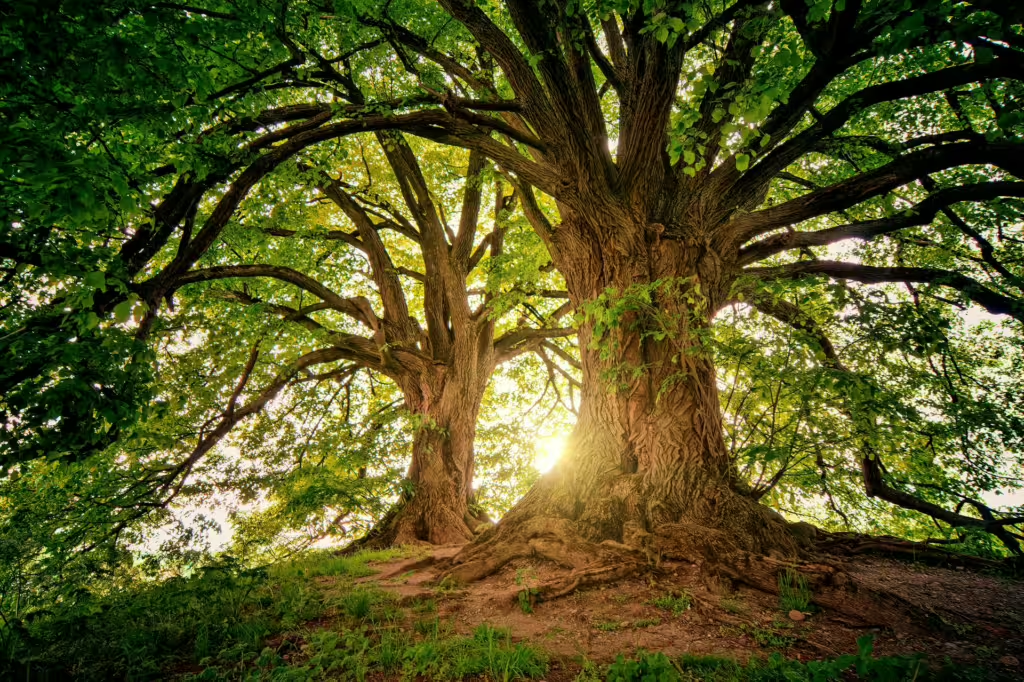
Once upon a time, the Saint Helena Olive tree stood tall on the island of Saint Helena in the South Atlantic Ocean. This small, flowering olive tree was not new, exactly. Indeed, it had stood tall on the island for many thousands if not hundreds of thousands of years. Nevertheless, this once rare tree was only first discovered and documented in the late 18th century. The reasons for its somewhat secretive existence had to do with the fact that it was unique to this isolated island.
The Saint Helena Olive tree was characterized by its delicate pink flowers and leathery, oval-shaped leaves. It grew slowly and preferred shady, moist habitats, which for Saint Helena island, could only be found in the island’s highland forests. It’s discovery by man turned out to be its downfall, however, as deforestation and grazing by introduced livestock destroyed much of its natural habitat in the first several centuries of its discover. In fact, by the 19th century, this rare tree was already considered extremely rare.
Even with a bevy of conservation efforts in the late 20th century, the damage had already been done. The last known wild plant died in 1994, and the last cultivated specimen similarly perished in 2003. The loss of the Saint Helena Olive is a tragic example of how vulnerable and highly-specialized island ecosystems can be to environmental disruption and human interference. In many ways, the sad fate of the Saint Helena Olive tree can be likened to that of the Dodo bird, who also died off soon after its isolated home was discovered by man.
Woolly St. John’s Wort (Hypericum cumulicola)
This fuzzy flower was once native to Florida’s Lake Wales Ridge. When it was alive, the Woolly St. John’s Wort was a small, low-growing perennial plant with distinctive, fuzzy stems and bright yellow flowers. The plant thrived in scrubby habitats that were maintained by periodic wildfires. Not only did these wildfires clear out competing vegetation, they allowed light to reach the forest floor where the St. John’s Wort was known to grow best.
Unfortunately, as human development expanded in Florida, much of this wooly plant’s native habitat was cleared away; lost to housing and agriculture, both. Fire suppression, an important part of protecting human settlements, also changed the St. John’s Wort’s ecosystem. This, as one can imagine, made things a bit difficult for a plant that had adapted to periodic fires in order to survive. As with the Saint Helena Olive Tree, conservation efforts to protect this plant’s remaining population, were too little too late. The Woolly St. John’s Wort was officially declared extinct after repeated surveys failed to locate any individual specimens. Though it may seem inconsequential to many, this species’ extinction highlights the delicate balance between plants and the ecosystems they depend on.
Franklin Tree (Franklinia alatamaha)
Not to be confused with the American cryptid known as the Alatamaha-ha, this similarly legendary tree was once found along the banks of the Altamaha River in Georgia. The Franklin Tree was a beautiful flowering tree with fragrant possessed of white blossoms and shiny green leaves that turned brilliant red when autumn fell upon the region. It was called the Franklin Tree by botanists John and William Bartram in the 1700s, who decided to name it after found father Benjamin Franklin.
Despite its fairly recent discovery, temporally speaking, the Franklin Tree essentially vanished from the wild by the early 1800s. The exact cause of this mysterious disappearance is unknown, but botanists and other environmental scientists attribute it to factors such as habitat destruction, disease, and changing environmental conditions. Fortunately, the Bartrams had been wise enough to collect seeds during their studies and even managed to cultivate the tree in their home garden. Thus, the Franklin Tree survives today, albeit only through cultivation. Nevertheless, the sad, strange story of the Franklin Tree reminds us of the importance of plant conservation and the potential that humans possess in terms of preserving endangered species, even after they vanish from the wild.
Chilean Sandalwood (Santalum fernandezianum)
Once native to the Juan Fernández Islands off the coast of Chile, the Chilean Sandalwood was a small tree that was known for its distinctive scent. The fragrant, sandalwood-scented heartwood of the tree was used for perfumes and carvings for many centuries, but its appeal would ultimately prove to be its downfall. As far as physical appearance goes, the Chilean Sandalwood was not particularly noteworthy, however. It had smooth, gray bark and simple, oval leaves. Shape and smells notwithstanding, this tree played a key role in its island ecosystem, offering habitat and food for insects and birds.
Unfortunately, as we alluded to earlier, the 19th century brought a great desire for the Chilean Sandalwood. It was extensively logged for its aromatic wood and unchecked overharvesting, combined with habitat loss from introduced goats and other animals, led to its extinction. The last known specimen was cut down in the early 1900s and the tree itself has never been cultivated. This lurid tale of enticing scents is yet another stark example of how overexploitation can drive even the most isolated species to extinction.
Toromiro Tree (Sophora toromiro)
When we think of Easter Island, we imagine those stoic heads gazing out at the sea, but did you know that there was once a stoic tree on that island that once made up much of the island’s lush interior regions? The Toromiro Tree was native to Easter Island many years ago, though it disappeared in the 1960s. When it grew, it helped create a vast jungle ecosystem within the island’s now-deforested interior. Though not nearly the size of the fabled Easter Island heads (or Maoi), the Toromiro was no less impressive to behold. This small, shrubby tree had beautiful yellow flowers and was a vital part of island’s Rapa Nui culture. The Rapa Nui people used Toromiro Trees for woodcraft as well as medicine.
Sadly, the combined effects of deforestation, overuse by humans, and the introduction of grazing animals wiped out the tree. By the 1960s, no wild trees could be found anywhere on Easter Island. Fortunately, seeds had been collected by visiting botanists, and today the sacred Toromiro survives in botanical gardens around the world. That said, reintroducing it to its native habitat has proven challenging to say the least. In any event, the Toromiro’s story shows how traditional human practices and modern pressures can compound to drive a species out of existence.
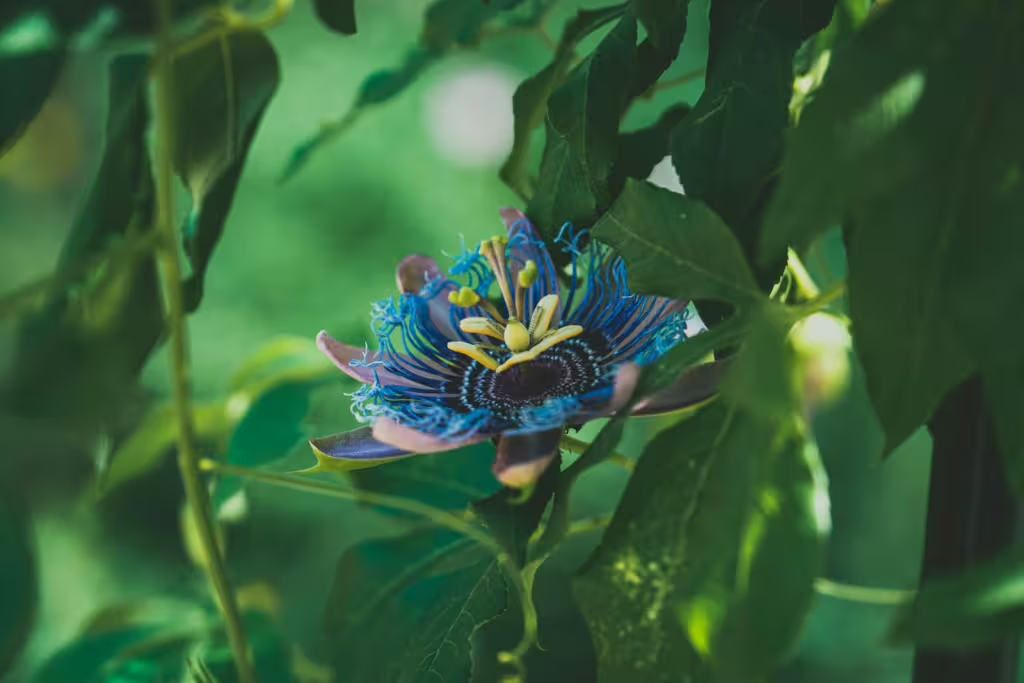
Delissea Undulata
The beautiful Hawaiian plant known as the Delissa Undulata once festooned the islands with its beauty. Sadly, like so many endemic Hawaiian species of plants and animals, the arrival of humans changed everything. This particular flower belonged to the bellflower family and once grew in the moist forests of Oahu, specifically. It was a tall, slender shrub with wavy-edged leaves and small tubular flowers. It evolved in isolation, like so many native Hawaiian species, but that isolation also made it more vulnerable.
A lethal combination of habitat destruction, competition from invasive species, and grazing by non-native animals like goats and pigs, worked together to take the Delissa Undulata down. Its numbers declined throughout the 20th century and the very last specimen was seen in the 1970s. Despite efforts to locate and protect any remaining individuals, it is now presumed to be totally extinct.
Acalypha Dikuluwensis
This small flowering shrub is not one that most readers will be familiar with. This makes sense as the Acalypha dikuluwensis was found only in the Katanga region of the Democratic Republic of the Congo; a place few people have had occasion or opportunity to explore. A part of the spurge family, it was recognizable only for its small, greenish flowers and distinctive toothed leaves. It was also highly specialized and grew in copper-rich soils, making it even more rare and precious.
The expansion of mining concerns in the Congo region expanded rapidly over the years. especially when the need for copper and cobalt rose. As a result, the plant’s habitat was completely destroyed. No living specimens have been seen or found since the 1950s, and it was officially declared extinct a few decades later. This case demonstrates how human industrial development, without regard for biodiversity, can quickly eliminate rare species; species that can neither survive nor thrive anywhere else on Earth.
Cry Violet (Viola cryana)
Once upon a time, the rare Cry Violet grew on limestone outcrops in the Yonne region of France. The Cry Violet’s beautiful purple flowers and a sweet scent that made it a favorite of local botanists. It was first discovered in the mid-1800s.
Unfortunately, the violet’s limited habitat and specialized growth patterns made it particularly vulnerable. The plant was destroyed by limestone quarrying and despite attempts to cultivate it, the plant could not adapt to new environments. By the 1950s, it was officially considered extinct. It is a similar story to that of the Acalypha Dikuluwensis, wherein human greed and industrial expansion totally eliminated it from the Earth.
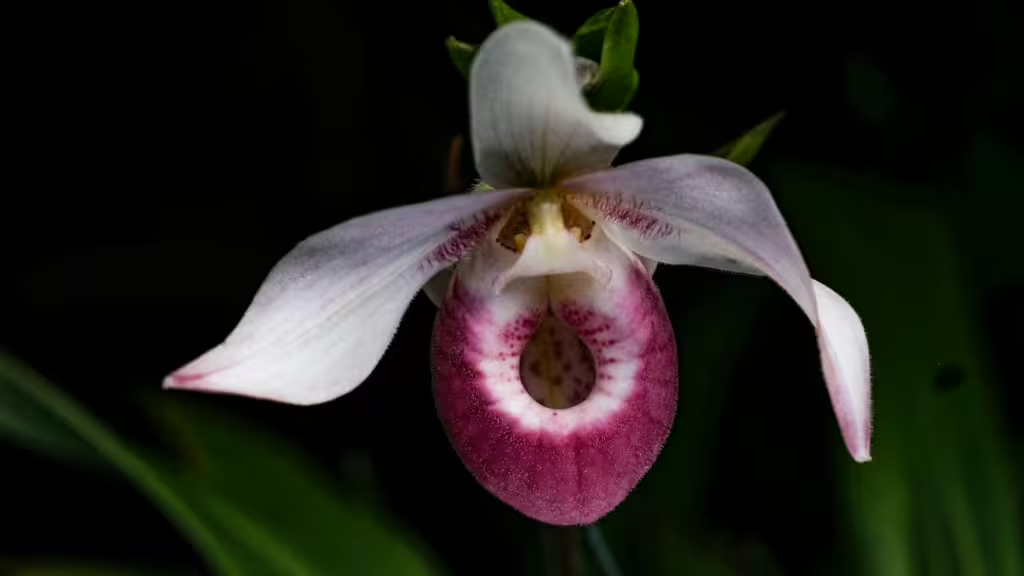
True Investigator Says…
As you can see, each of these extinct plant species tells a powerful story all of its own. Despite their many differences, each and every one of them is a poignant realization about the consequences of human activity. These long-forgotten plants remind us that the green background we find ourselves surrounded with is not simple window dressing, but a multitude of living organisms with vital roles in ecosystems, histories tied to human cultures, and beauty that is worth preserving. Indeed, with the science and conservation tools at our disposal today, we have every chance and all the ability we need to protect the endangered plants that still remain. So let us take this chance to appreciate the bygone plants that have been driven off the Earth by our mistakes and work together to ensure a brighter, healthier, greener future for untold generations to come.
Discover more from TrueInvestigator
Subscribe to get the latest posts sent to your email.
